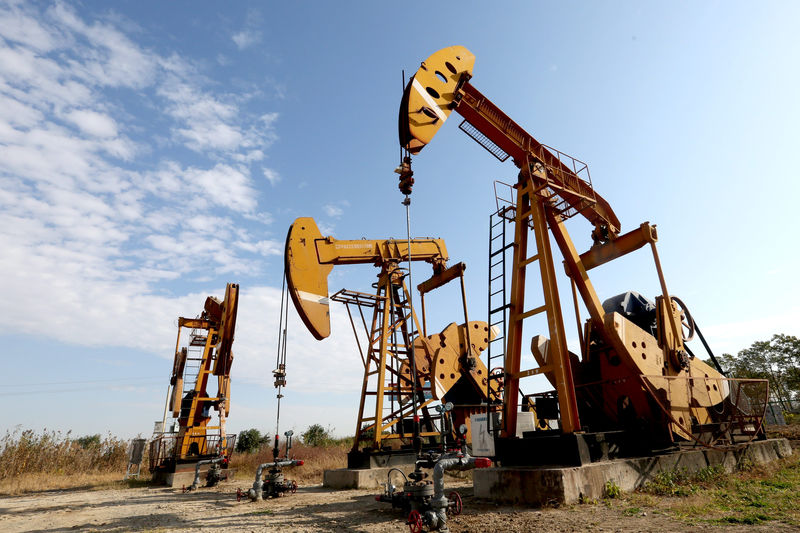(Bloomberg) -- Global oil demand will rebound next year as the world emerges from the coronavirus pandemic, but won’t fully recover until 2022 at the earliest, the International Energy Agency said.
Fuel use around the world will remain 2.5% lower next year than in 2019, largely because of the “the dire situation of the aviation sector,” the Paris-based agency said in its first detailed assessment of 2021.
The projections add to a fragile outlook for the oil industry, coming a day after BP (NYSE:BP) Plc wrote off billions in assets on concern over long-term demand. Still, the report contains some good news for producers.
The first half of this year is “ending on a more optimistic note” because demand losses during lockdowns to curb the spread of coronavirus weren’t as severe as expected, it said. Output cuts by OPEC+ and shutdowns in the U.S. should put the market into deficit in 2021, depleting the massive 1.5 billion-barrel surge in inventories seen so far this year.
Oil prices were trading near $40 a barrel in London on Tuesday, double the levels seen in late April, as economic activity resumes and the Organization of Petroleum Exporting Countries and its allies slash supply.
The IEA -- which advises most major economies on energy policy -- bolstered its demand estimate for the second quarter by 2.1 million barrels a day, tempering some of the massive drop.
Nonetheless, world crude consumption is still on track for a record contraction of 8.1 million barrels a day this year. While it will climb by 5.7 million barrels a day next year, the average of 97.4 million a day will remain 2.4 million barrels a day below 2019 levels.
For now at least, the physical oil market is tightening.
Stockpiles are on track to diminish rapidly over the next six months, and -- in theory -- decrease during each quarter of 2021, according to the agency’s forecasts.
OPEC+ made a “strong start” to its latest round of output curbs last month, delivering 89% of its pledge to cut 9.7 million barrels a day, the IEA said. Earlier this month, the alliance agreed to press on with the strategy, and members that haven’t yet implemented their share vowed to make up for it.
Next year, global demand is on track to exceed supply, with the projected recovery in oil production to be less than a third of the increase in fuel use, at 1.7 million barrels a day.
That could change however, if the OPEC+ coalition is tempted to revive output as consumption rebounds or if rising prices reinvigorate American shale drillers, the IEA cautioned.
“The market may present producers with an opportunity to ramp up more quickly than dictated by current OPEC+ policy, or U.S. and other non-OPEC production could recover more strongly than forecast,” it said.
©2020 Bloomberg L.P.
